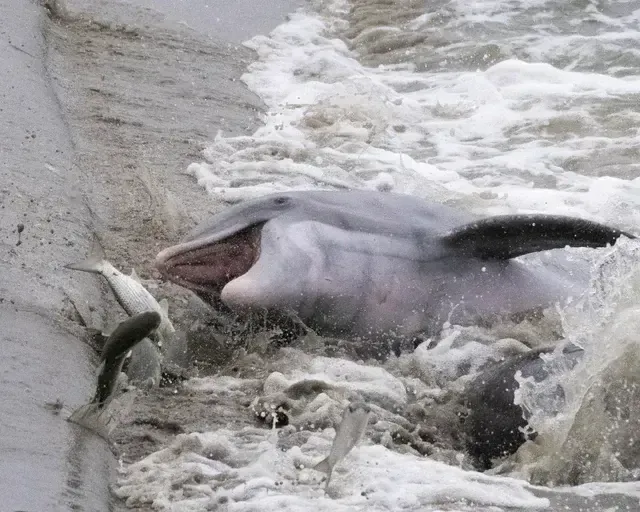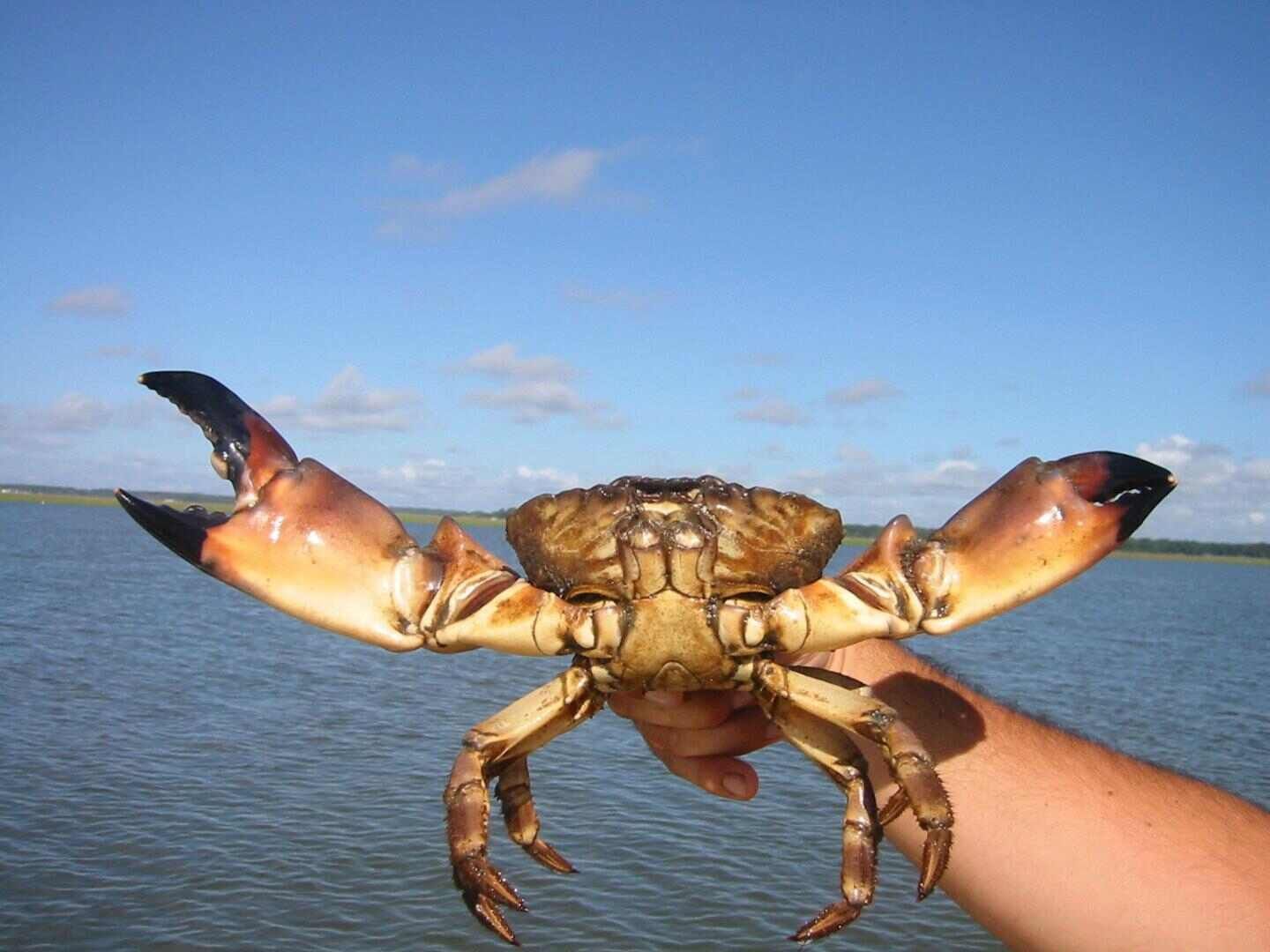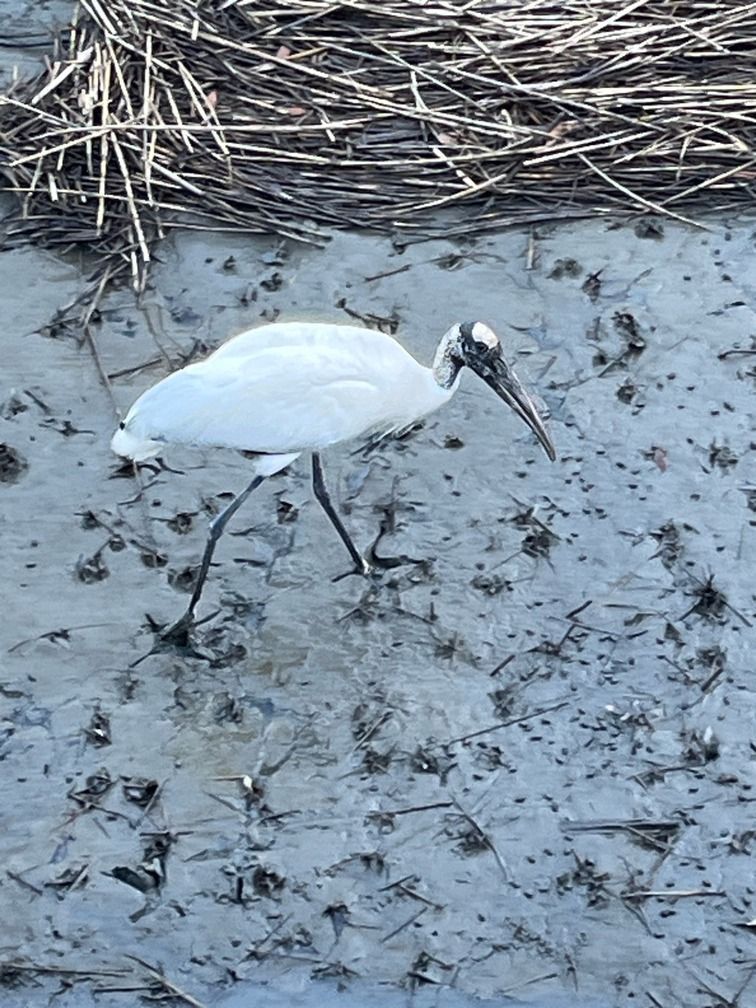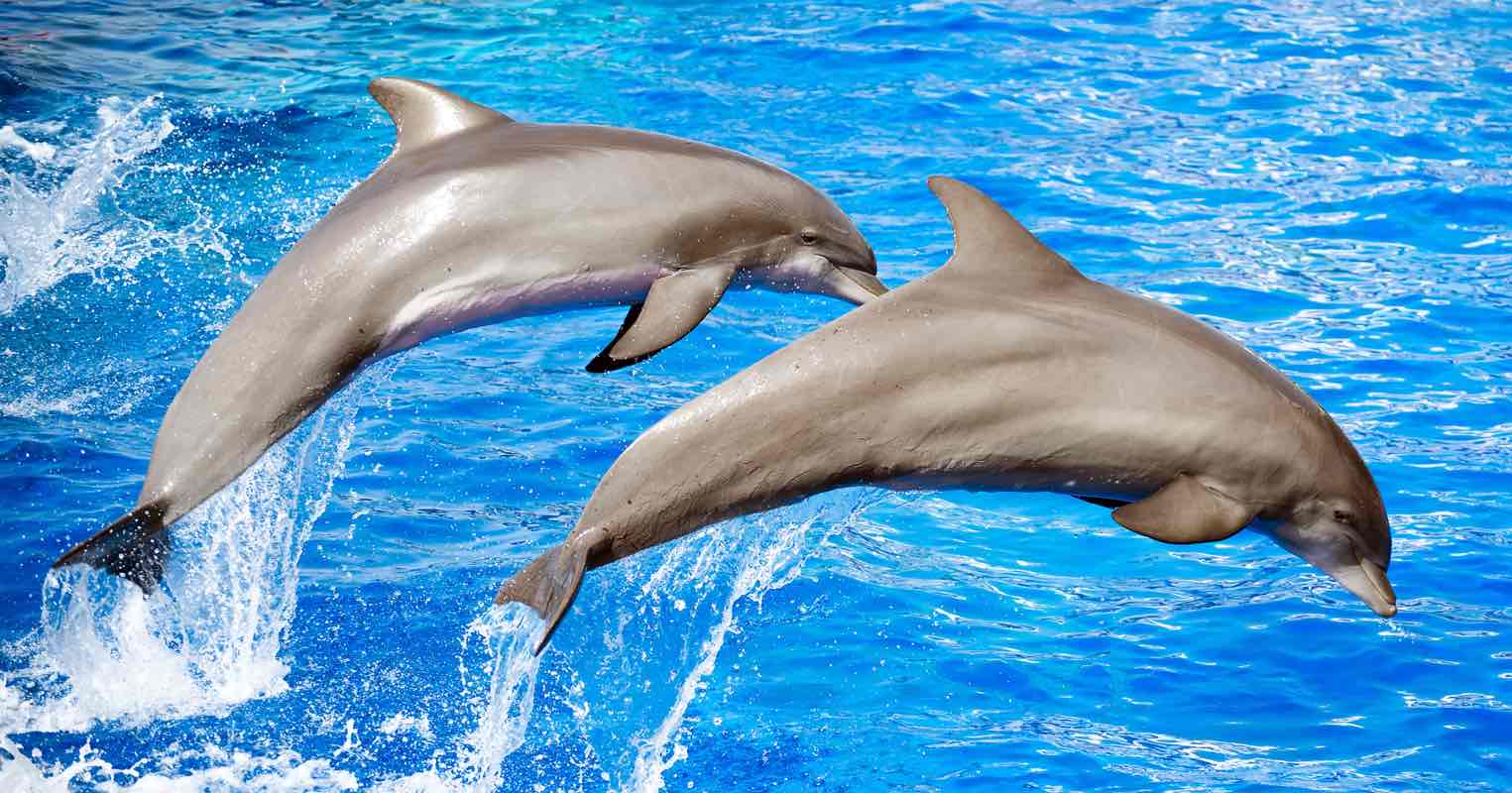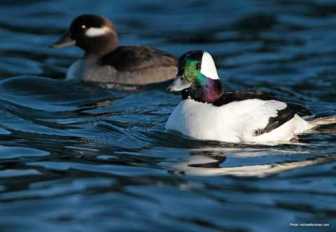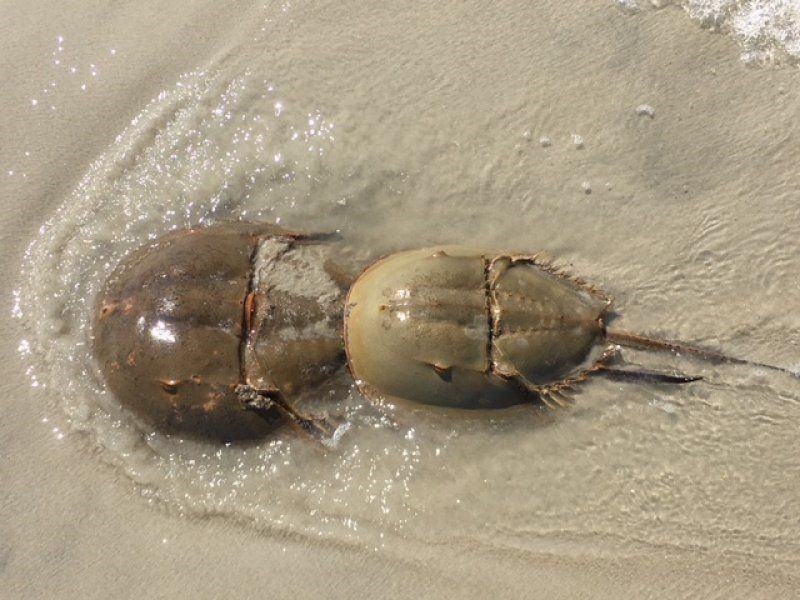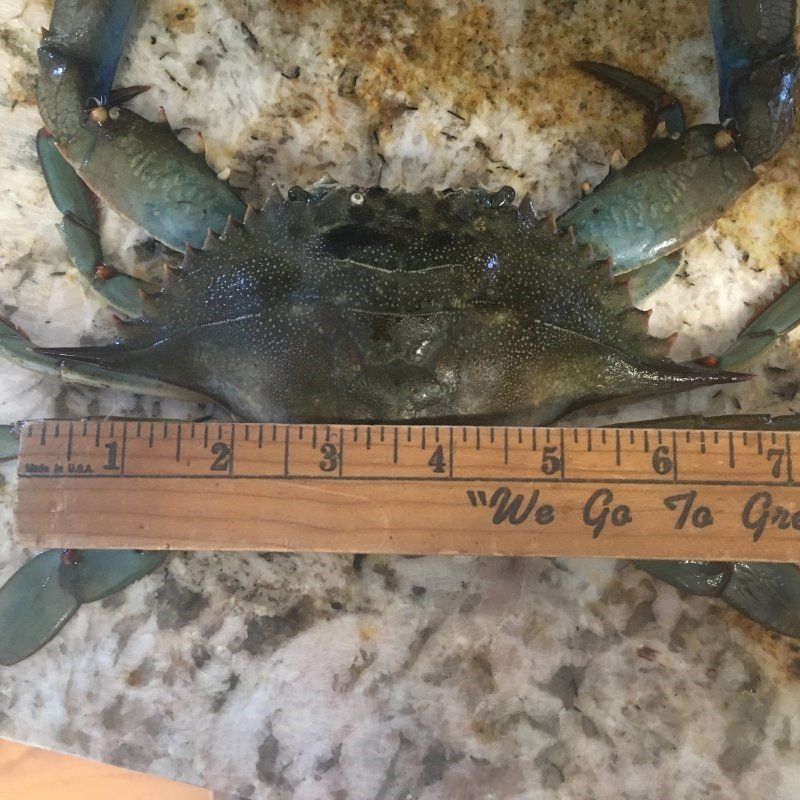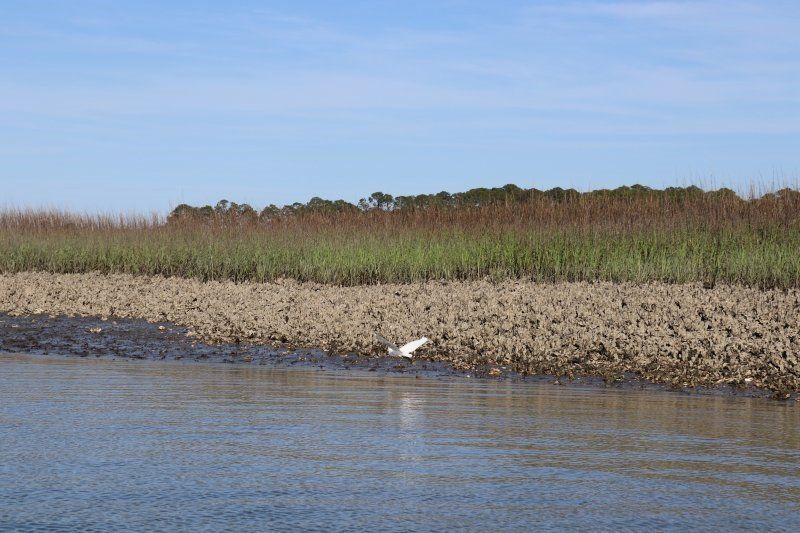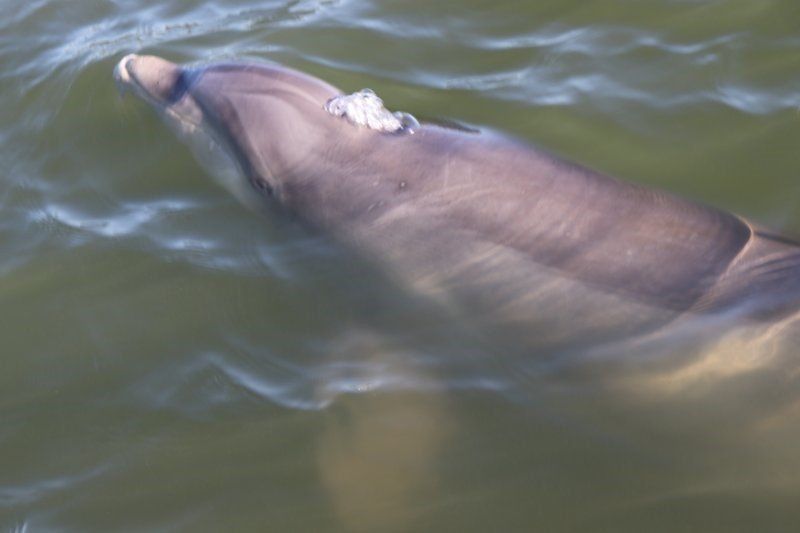The Heads & Tails of the Hilton Head Dolphins
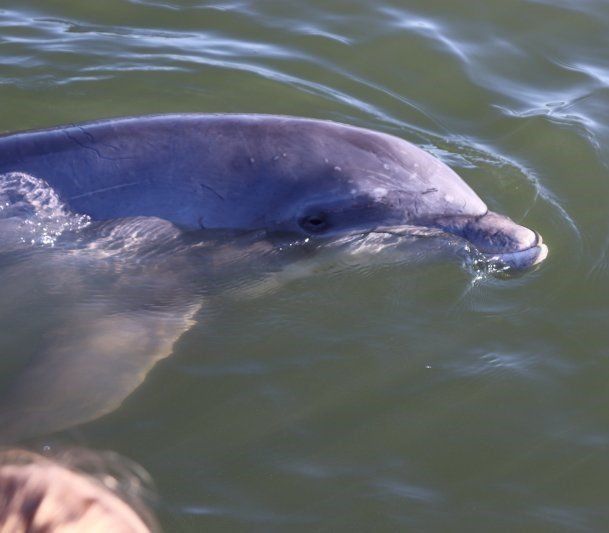
It has been a while since I have written about our main attraction. I love dolphins, they are such fascinating animals. Learning about them and getting the opportunity to see them on a regular basis is amazing. Dolphins are such fun animals, they each have their own personality and some are more social than others. You will be able to see these amazing animals on our cruise. Today I am going to talk about the make up of the dolphin’s body, starting with their beak and ending with their tails.
There are many types of dolphins, they each have a different appearance but have the same body composition. Dolphins are mammals like us. A mammal is defined as warm blooded, able to nourish their young with milk secreted from mammary glands and have hair. Dolphins breath oxygen. Dolphins can have up to 250 teeth and are mainly used for grabbing food. They tend to swallow their food whole. Their snout is called a rostrum, at birth baby dolphins have whiskers on the upper part of the rostrum. After the whiskers fall out, if you look closely you are able to see where the hair follicles were on their upper lip. Dolphins have 2 eyes, the fascinating thing about their eyes is they can each move independently of the other. One eye can be looking forward and the other eye could be looking in a completely different direction. Next is the blowhole, this is how dolphins breathe. They inhale and exhale very fast, the air movement can be up to 100 mph. Much to my surprise, dolphins do have ears. The holes are very small and easy to miss. Don’t be misled, just because their ears are small, does not mean they don’t have amazing hearing. Dolphins can have some of the best hearing in the animal kingdom. They also have something called a melon, I have briefly discussed the melon before in the article on echolocation. Depending on the species of dolphin, the melon can be more pronounced than others. The melons primary purpose is echolocation.
The dolphins skin is very interesting, it is very smooth and has almost a rubber feel to it. Their skin is very sensitive to touch. They have many layers of skin cells and their skin grows much faster than humans. Their skin is constantly being rubbed off and replaced. They can shed the outer layer of their skin up to 12 times per day, that is about every 2 hours! The dorsal fins are unique to each dolphin. The dorsal fin helps provide balance. The dorsal fin is one of the differing parts of the different dolphin species. Some species only have a very small, almost unnoticeable dorsal fin while others can have a much more defined fin. The flippers help with steering, they also assist the dolphin with starting, stopping and slowing down. Their tail fin is called a fluke. The fluke is what helps propel the dolphin thru the water. They can swim anywhere from about 3-7 miles per hour. It is incredible to watch these animals gliding and swimming in the water. Their movements are so fluid and graceful.
To see these amazing animals and other local wildlife, come
out on our Dolphin & Nature Tour. We would love the opportunity to share this
experience with you and your family.

